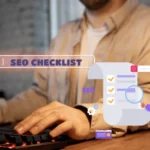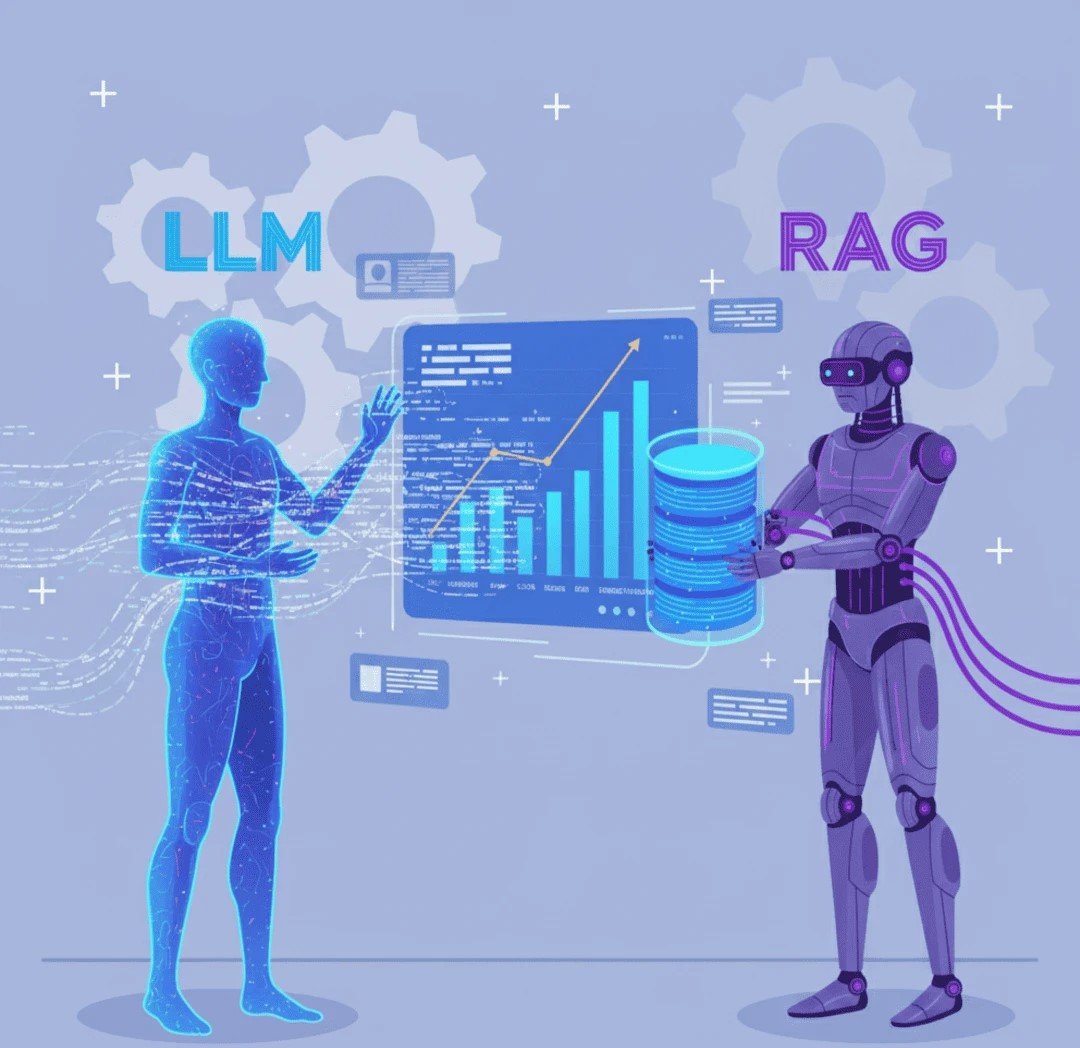So, you’ve been pouring your heart into your website — writing blogs, tweaking designs, sharing posts everywhere… but the traffic just isn’t coming. Sometimes, it even goes down. Frustrating, right?
Here’s the thing — it’s usually not because your competitors are SEO superheroes or Google has some personal grudge against you. Most of the time, it’s a bunch of small on page SEO mistakes quietly holding your site back.
On page SEO is basically all the stuff you do on your own website to make Google (and visitors) happy — things like your titles, content, speed, mobile design, and so on. Get it right, and you’ll climb the rankings. Get it wrong, and your site will stay buried no matter how much content you post.
Let’s go through the 10 most common mistakes I see all the time — and how you can fix them.
Table of Contents
- Weak or Missing Title Tags & Meta Descriptions
- Keyword Stuffing
- Messy Heading Structure
- Slow Page Speed
- Not Mobile-Friendly
- Thin or Low-Value Content
- Skipping Internal Links
- Unoptimized Images
- Complicated URLs
- No Schema Markup
- Conclusion
1. Weak or Missing Title Tags & Meta Descriptions
Your title tag is like the headline on your shop’s sign, and the meta description is the little attacker that gets people in the door. If they’re boring, unclear or missing, soon lose clicks..
Fix: Keep your titles under 60 characters, meta descriptions under 160 or include your main keyword, and make them sound irresistible.
2. Keyword Stuffing
Stuffing your keyword everywhere doesn’t make Google love you — it makes your content sound robotic.
Fix: Use your main keyword naturally in key spots (title, intro, some headings) and sprinkle related terms through the rest of the content.
3. Messy Heading Structure
If your headings jump from H1 to H4 to H2 randomly, both people and search engines get confused.
Fix: Use one H1 for the main title, H2s for main sections, and H3s for smaller points — like a table of contents.
4. Slow Page Speed
We live in the age of instant gratification. If your site takes ages to load, people bounce before they even read the first line.
Fix: Compress images, use browser caching, and maybe even a CDN.
5. Not Mobile-Friendly
Most visitors are on their phones. If your site looks bad or broken on mobile, they’ ll abandon it immediately.
Fix: Make sure your site is responsive and test it on different devices.
6. Thin or Low-Value Content
A short, thin article won’t hold people’s attention or impress Google.
Fix: Create content that fully answers the reader question, adds real value, and keeps them interested with examples, facts, and visuals.
7. Skipping Internal Links
If you don’t link your pages together, visitors might read one post and disappear. Plus, Google can’t fully understand your site’s structure.
Fix: Including natural links to related content it’s good for both SEO and user experience.
8. Unoptimized Images
Big, heavy images slow down your site, and missing alt text is an SEO opportunity wasted.
Fix: Make your images smaller and compressed, and add alt text that clearly describes them (with a keyword if it fits naturally).
9. Complicated URLs
A URL : post?id=123 doesn’t tell anyone what the page is about.
Fix: Use short, clear, and descriptive URLs : on-page-seo-mistakes.
10. No Schema Markup
Schema markup is like giving Google quick information to understand your content. Without it, you may miss out on rich snippets.
Use Google Structured schema Markup Helper to insert it.
Conclusion
On page SEO mistakes may seem small, but they can quietly hurt your traffic, rankings and even your brand reputation. The good news? Once you spot them, they’re pretty easy to fix. Start with the tips we’ve shared here and keep making improvements over time. And if you rather skip the trial and error, our SEO services can help fine tune everything so your site ranks higher and brings in the right visitors.
FAQs
Publishing weak, low quality content that doesn’t actually help the reader.
Every 3–6 months, or after major updates to your site.
Yes! With free tools like Google Search Console and some patience, you can handle most of them.
On-page SEO is the foundation. Without it, backlinks won’t do much.
Some fixes can work in weeks, others may take 2–3 months depending on competition.









